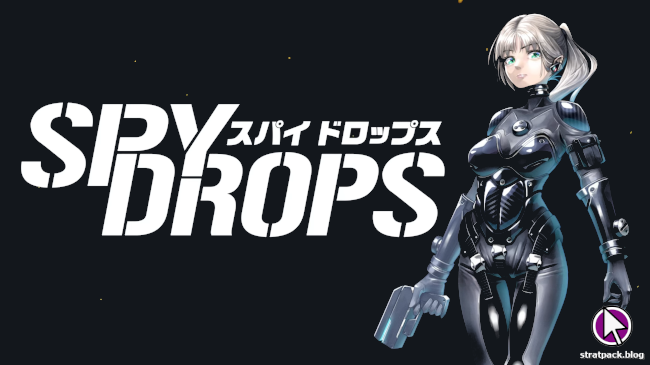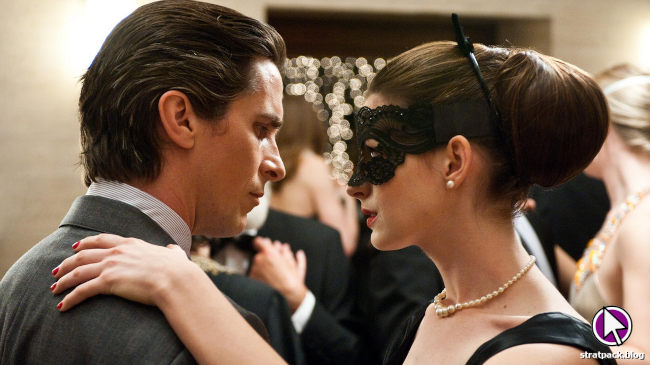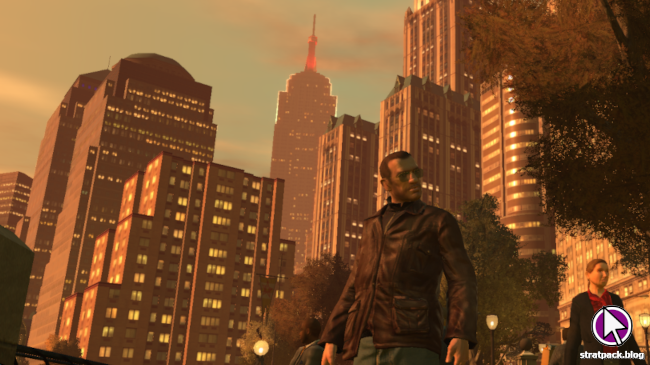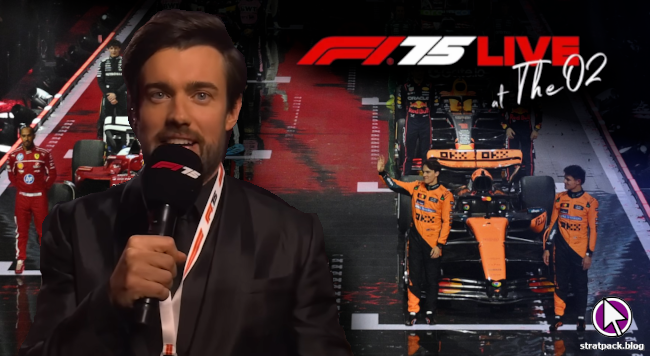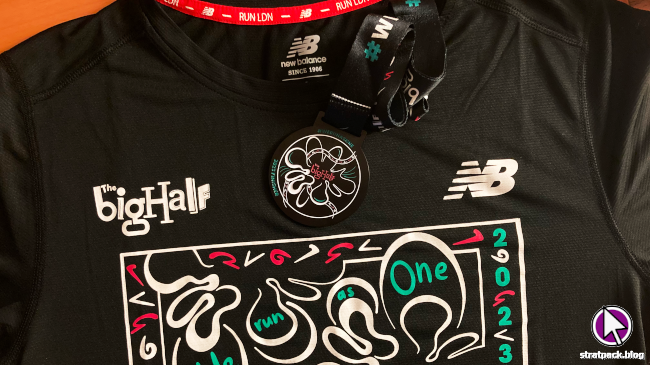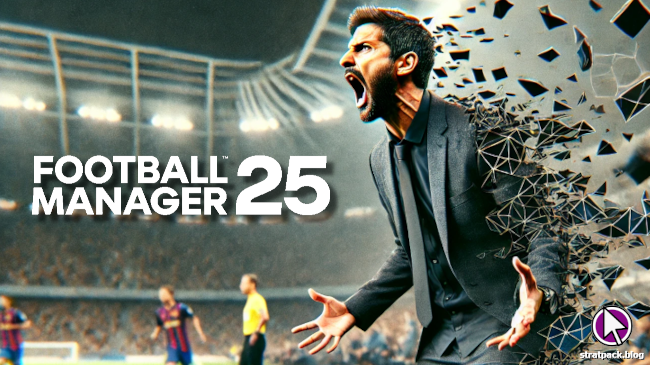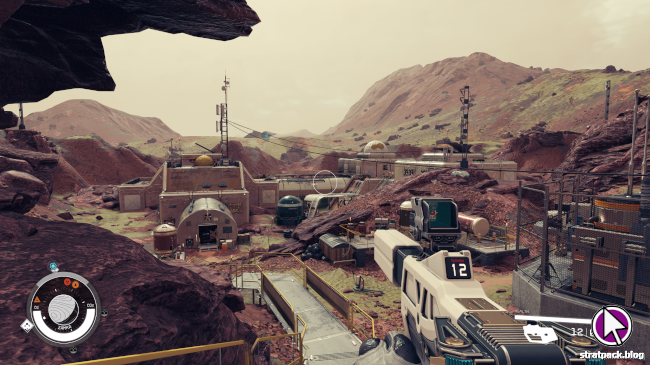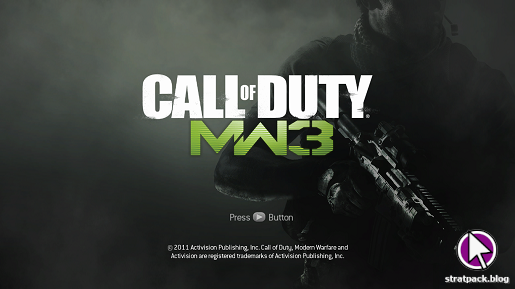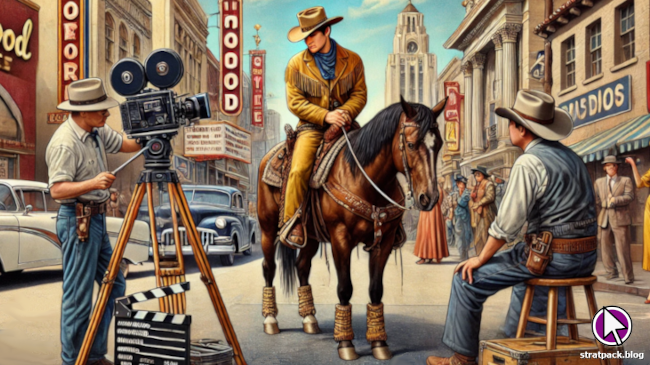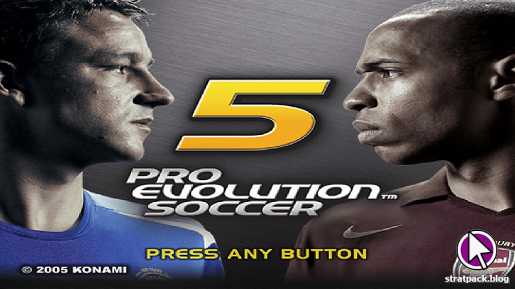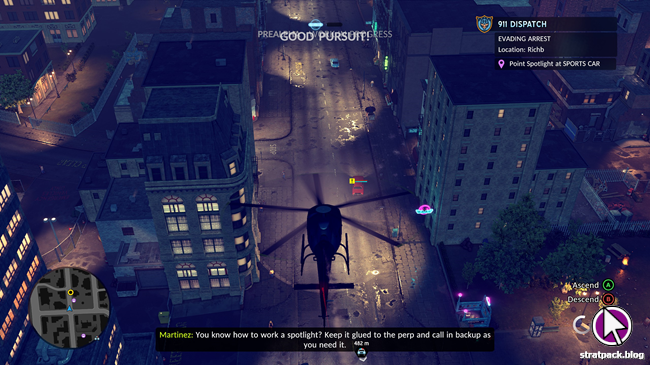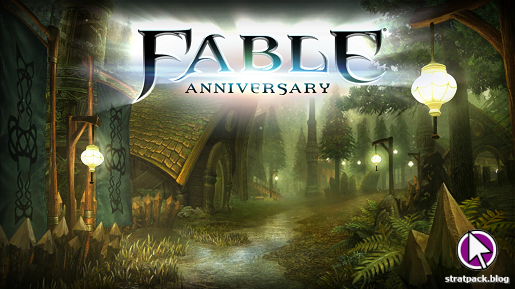
Hideo Kojima: Connecting Worlds - inspirational but sanitised
It’s no secret that Hideo Kojima likes attention, and I’m sure he would have loved the idea of Connecting Worlds, a film that is ultimately part-documentary, part-marketing exercise. This is 100 percent modern Kojima, post-his fashionable makeover circa 2019. There are a lot of arty shots of him in empty offices and studios, and a compendium of clips of his famous friends complimenting him.
But simultaneously, beneath the gushing praise from Geoff Keighley, Chvrches, and George Miller, there’s something purer on display. Seeing Kojima at work is to witness an inspirational passion for creation that I used to absorb through the pages of the gaming magazines I read growing up. In the 2020s, it serves as a reminder that video games are more than sales figures and Twitter arguments.
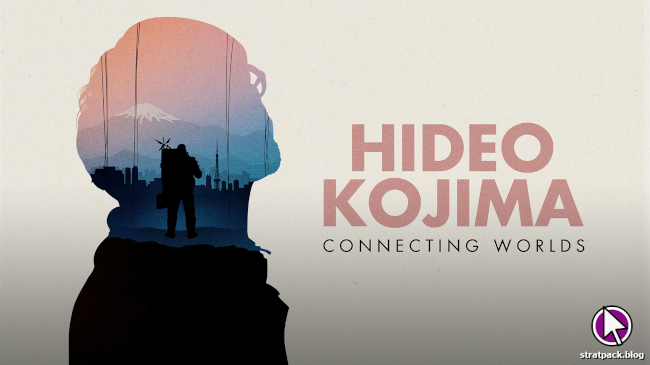
Kojima versus Konami
Considering Kojima is most famous for the Metal Gear series, which spanned almost three decades and sold more than 60 million copies, the absence of any direct mention of it is rather conspicuous. Kojima had a less than amicable split with Konami at the time of Metal Gear Solid V’s release in 2015, and therefore it’s understandable that he’d prefer to focus on Kojima Productions and the future.
He does say that it was “difficult to create something cutting-edge” when every decision had to consider such a big company’s brand and profits, and the film covers how publishers are trying to minimise risk because of how much modern games cost to make. As director Nicolas Winding Refn (who plays Heartman in Death Stranding) puts it, Kojima is “the enemy of the algorithm”.
That is not to say that there are no stakes. The price of Kojima’s new freedom is knowing that a flop could be the end of his studio and see all his employees out of a job. I imagine I’m not the only viewer for which Ocelot’s taunting of Snake in Metal Gear Solid came to mind: “There are no continues, my friend.”
Connected by strands
As you’d expect, much of Connecting Worlds focuses on Kojima’s then-current project, Death Stranding. The director explains how he didn’t want to portray combat as heroism after hearing about his parents’ experiences of war. Noticing that the world was becoming more divided despite being more technologically linked than ever, he had the idea of a game about connecting people again.
In Death Stranding, players cannot see each other directly, but they can discover infrastructure left behind by other players to support them on their journey. Kojima says his hope was that people would eventually realise they needed to work together and help each other – even those they could not physically see.
The game found unexpected relevance after its release in November 2019, with its isolated world bearing resemblance to the one people endured during the COVID-19 pandemic the following year. Kojima says he was heartened to hear it helped connect people during that time. It is not the first time one of his games has proven to be prophetic – in the most famous example, Metal Gear Solid 2 featured commentary on the control of digital information way before its time.
Big screen inspiration
Kojima states in his X profile that 70 percent of his body is made of movies, and his passion for film certainly comes through in his games, which are known for their complex plots and carefully directed cut scenes. In Connecting Worlds, he compares films to the sun, saying they “stimulate [his] cells”.
He stresses the importance of referencing other genres and mediums when working on a creative product, name checking a series of movies and novels that inspired his game design. This could perhaps also be read as a small jibe at other game developers who grew up playing games and don’t look beyond their own medium for inspiration – something that seems increasingly common.
On his taste in film, Kojima says that he like directors who “keep things edgy” but still maintain mass appeal. That is why he wanted to work with actors like Mads Mikkelsen and Lea Seydoux, who have appeared in both indie projects and large Hollywood productions. The parallels with Kojima, who moved from blockbusters to more niche titles while still maintaining popularity, weren’t lost on me.
Behind the scenes
Connecting Worlds’ best moments are when we get to see Kojima at work, rather than just talking about it. He explains early on that the iconic “a Hideo Kojima game” title means he needs to ensure quality from start to finish, and – at least from the glimpses we get – he seems to take that responsibility very seriously.
Kojima’s involvement is at a level that veers into micromanagement, and we see him looking over developers’ shoulders and providing guidance on miniscule gameplay elements. As such, he says he has up to 200 problems on his plate at any time, and jokes that he sometimes dreams about checking builds for bugs.
Aside from a few clips lasting no more than 20 seconds each, it’s disappointing that Connecting Worlds doesn’t get more technical, either in programming or on the business side. I’d love to have learnt more about how Kojima Productions was established and the technical challenges the team overcame in developing Death Stranding, but perhaps that’s expecting too much from a production so closely linked with the studio, which prefers to focus on vague talk of grandeur.
Connecting Worlds will leave you unsatisfied. On the documentary-promotional scale, the end result leans towards the latter, full of sweeping blanket statements and praise but only the briefest bursts of actual insight into the creative process. However, this is still a rare opportunity to see Kojima in his element, and – if you’re in the right mood to tolerate the hyperbole – it is still an inspirational watch.
Hideo Kojima: Connecting Worlds is available to stream now on Disney+.




